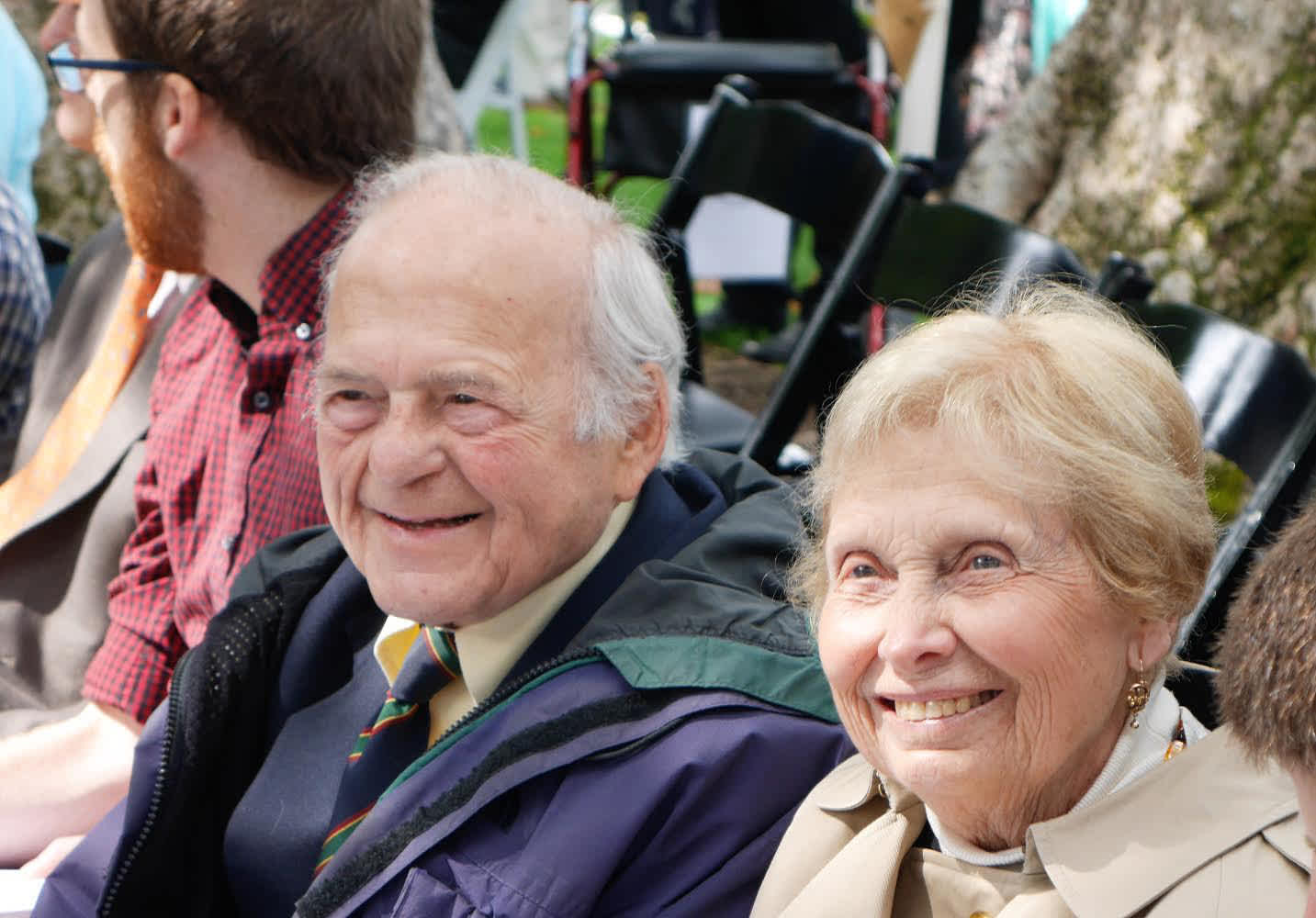Science Museum of Minnesota receives largest endowed gift in its history
Roger and Barbara Brown will give $2 million to bolster the museum’s study of birds
FOR IMMEDIATE RELEASE: MAY 17, 2018
Media Contacts:
Kim Ramsden, Public Relations Director, (651) 221-9423
Sarah Imholte, Public Relations Specialist, (651) 221-9412
Saint Paul, Minn. — The Science Museum of Minnesota announced today that it has received the largest endowed gift in its history.
Roger and Barbara Brown of Highland Park, Illinois, have given the Science Museum a $2 million gift to endow a new position in its Science Division, to be called the Barbara Brown Chair of Ornithology. The new curator will direct the museum’s biology department. This will include curating its biological collection; conducting research and fieldwork; building on the Science Museum’s existing avian collection; collaborating with other scientists at museums across the country; working across departments to bring science to life at the museum, around the state, and on the web; and developing new ways to share research findings and practices with the public.
Barbara Brown, who is the former president of the Evanston North Shore Bird Club and was a scientific associate in the mammal division at The Field Museum for 47 years, says that she and her husband have always been very interested in education and science. Barbara also cites a keen interest in research as a main motivation for their philanthropic giving. “I read that New England has seen a dramatic drop in its bird population, which is appalling,” she said. “I’ve noticed here in Illinois that numbers of birds are way down. Hopefully, with more research, we’ll reverse that trend.”
Barbara Brown’s interest in nature and conservation was inspired in part by Silent Spring, a book about the long-term effects of pesticide use that was published in 1962 by biologist Rachel Carson. Many consider Silent Spring to be a pioneering book of the environmental movement. “It was an eye-opener for a lot of non-scientific people,” she noted. “The Science Museum of Minnesota’s new ornithology department will do scientific research, but they’ll also attract the non-scientific public. I think there are a lot more people interested in birdwatching in the United States than there used to be.”
Barbara and Roger Brown have visited the Science Museum of Minnesota many times in the past. Their daughter and two grandchildren are Minneapolis residents, and their second son, Owen, recently relocated to the Twin Cities when his wife, Alison Rempel Brown, became president and CEO of the Science Museum in 2016.
The items in the Science Museum of Minnesota’s biological collection come from around the world, with a particular focus on specimens from North America and Minnesota. The collection contains thousands of vertebrates, invertebrates, and plants. Included in the Science Museum’s existing ornithology collection are extinct species, like passenger pigeons and eggs, endangered species like whooping cranes and birds-of-paradise, historic specimens like a mounted penguin from explorer Roald Amundsen, several hundred salvaged study specimens of songbirds and raptors, and skeletons for comparative anatomy and identification. The Barbara Brown Chair of Ornithology will study the existing collection, add to it via fieldwork, and identify ways to improve management and care of the collection, among other responsibilities.
“We are so honored to be the recipients of such a generous gift from the Browns,” said Laurie Fink, vice president of Science at the Science Museum of Minnesota. “Not only is this donation significant in terms of its size, but it’s also so important because it helps us reach the goals outlined in our new strategic plan to extend our influence beyond our walls. I’m looking forward to this new science professional joining our staff, bringing a new perspective and new ideas for ways we can build and learn from our collection and share that knowledge with visitors to our museum – and with other researchers around the world and the constituents they serve.”
The Science Museum of Minnesota is one of the state’s most popular museums, with a reach that extends well beyond its riverfront location in downtown Saint Paul. It serves hundreds of thousands of people each year with its engaging exhibits, breathtaking giant screen films, and engaging special events. Science Museum education programs touch students in all of Minnesota’s 87 counties each year, and its research programs span the globe. For more information, visit smm.org.

###